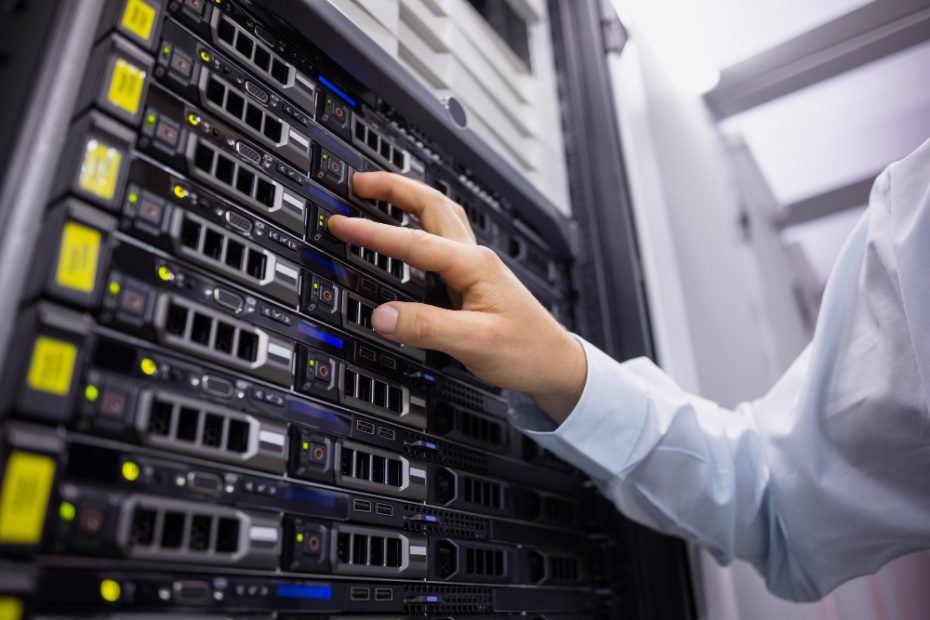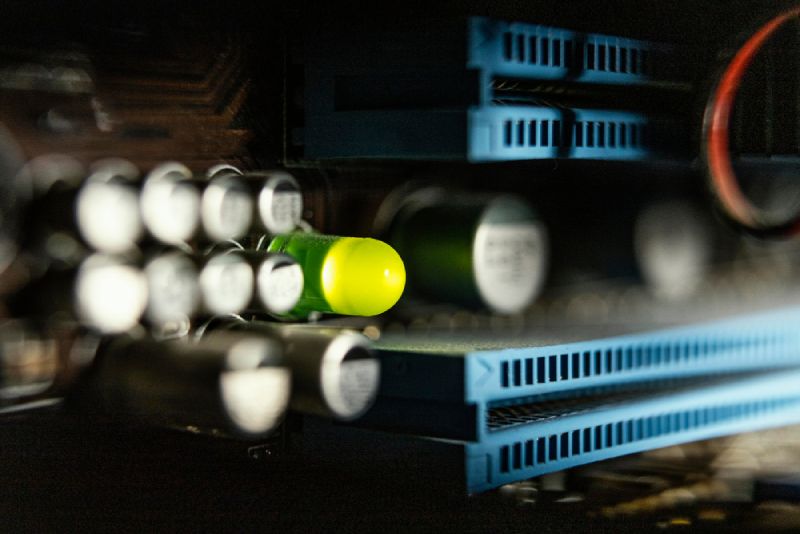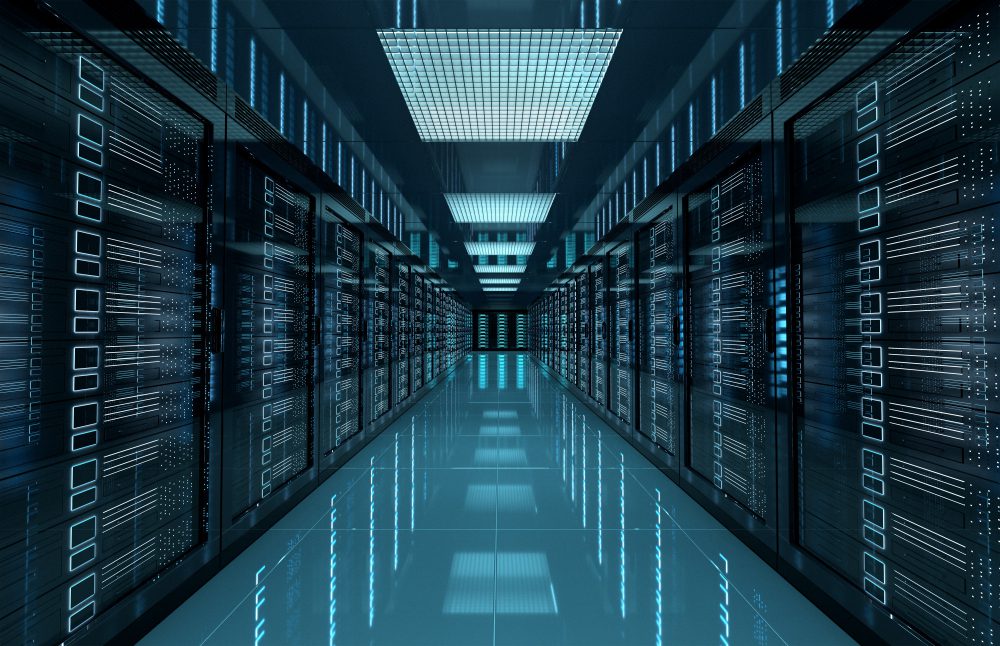What is a NAS drive used for?
A Network Attached Storage (NAS) drive is a device that provides storage and file-sharing capabilities to multiple users over a network. It serves as a centralized storage solution that can be accessed by computers, smartphones, tablets, and other devices within the same network. The primary purpose of a NAS drive is to provide a secure and convenient way to store, backup, and share files among users in a home or office environment.
Storage and Backup
One of the main uses of a NAS drive is to provide additional storage space for devices connected to the network. It allows users to offload their files, such as documents, photos, videos, and music, onto the NAS drive, freeing up valuable storage on their individual devices. Additionally, a NAS drive can serve as a central backup solution, automatically backing up data from multiple devices in real-time or based on a schedule. This ensures that important files are protected and easily recoverable in case of hardware failure or accidental deletion.
File Sharing and Collaboration
With a NAS drive, users can share files and folders with others on the same network. It acts as a central repository where users can store and access shared files, facilitating collaboration and improving workflow efficiency. NAS drives often come with user-friendly interfaces, allowing users to set permissions and access controls, ensuring that only authorized individuals can access sensitive information. This makes it an ideal solution for small businesses or teams that need to work together on projects and share files securely.
Media Streaming and Entertainment
Many NAS drives come with built-in media server capabilities, allowing users to stream media content directly to compatible devices such as smart TVs, gaming consoles, or media players. Users can store their movie collections, music libraries, and photo albums on the NAS drive and access them from any device connected to the network. This eliminates the need for separate storage devices and provides a centralized media hub for an enhanced entertainment experience.
Remote Access and Cloud Integration
Some NAS drives offer remote access functionality, allowing users to access their files from anywhere with an internet connection. This is particularly useful for individuals who frequently travel or work remotely. Additionally, many NAS drives offer cloud integration options, enabling users to sync their data with popular cloud storage services like Dropbox, Google Drive, or Microsoft OneDrive. This provides an extra layer of data redundancy and accessibility, ensuring that files are always available even if the NAS drive itself experiences issues.
In summary, a NAS drive is a versatile device that provides storage, backup, file sharing, and media streaming capabilities within a network. It serves as a centralized solution for managing and accessing files securely from multiple devices. Whether for personal or business use, a NAS drive can greatly improve productivity, collaboration, and data management.
Can you use a NAS hard drive in a normal PC?
Network Attached Storage (NAS) drives are commonly used for centralized storage and data sharing over a network. They are designed to be connected to a local area network (LAN), rather than being directly connected to an individual PC. However, many people wonder if it is possible to use a NAS hard drive in a normal PC. Let’s explore this topic further.
Compatibility
NAS hard drives are essentially the same as regular internal hard drives, with the only difference being that they are optimized for use in a network storage environment. This means that in most cases, you can use a NAS hard drive in a normal PC without any issues.
However, it is important to note that NAS hard drives are typically designed for 24/7 operation and have features such as vibration resistance and error recovery controls that may not be present in regular desktop hard drives.
Performance
When using a NAS hard drive in a normal PC, you may notice slightly different performance characteristics compared to a regular desktop hard drive. NAS drives are often optimized for reliability and energy efficiency rather than raw performance.
While you can use a NAS hard drive in a normal PC, it may not provide the same level of speed and responsiveness as a high-performance desktop hard drive.
Considerations
Before using a NAS hard drive in a normal PC, there are a few things to consider:
- Durability: NAS hard drives are built to withstand continuous operation, making them a good option for long-term storage. However, if you plan on using the drive for heavy gaming or other demanding tasks, it may be worth investing in a high-performance desktop hard drive.
- Compatibility: Make sure that the NAS hard drive you choose is compatible with your PC’s operating system. Most NAS drives are compatible with both Windows and macOS, but it is always a good idea to double-check.
- Warranty: Check the warranty terms and conditions for the NAS hard drive. Some manufacturers may have specific requirements for warranty coverage when the drive is used outside of a NAS device.
What is the difference between a NAS device and a server?
Introduction
In today’s digital age, data storage and management have become crucial for individuals and businesses alike. Two popular options for storing and accessing data are Network Attached Storage (NAS) devices and servers. While both serve the purpose of data storage and sharing, there are significant differences between the two.
NAS Device
A NAS device is a standalone storage appliance that connects directly to a network. It is designed to provide centralized file storage and sharing services to multiple users and devices on the network. NAS devices are typically equipped with multiple hard drives, enabling data redundancy through RAID configurations.
NAS devices are easy to set up and manage, making them suitable for home users, small offices, and even some medium-sized businesses. They offer features such as remote access, multimedia streaming, and data backup. NAS devices have their operating systems, which can be accessed through a web-based interface, allowing users to configure settings and manage data.
Server
A server, on the other hand, refers to a computer or a system that provides services or resources to other computers, known as clients, over a network. Servers are usually more powerful and versatile compared to NAS devices. They can handle a wide range of tasks, including file storage, application hosting, database management, virtualization, and more.
Servers come in various forms, such as tower servers, rack-mounted servers, and blade servers. Unlike NAS devices, servers often require advanced technical knowledge for setup and maintenance. They typically run server-grade operating systems, such as Windows Server or Linux distributions, and can support multiple simultaneous connections and services.
Differences
- Functionality: NAS devices primarily focus on file storage and sharing, while servers can handle a broader range of tasks and services.
- Scalability: Servers are more scalable compared to NAS devices, allowing for higher storage capacities and the ability to handle increasing workloads.
- Performance: Servers are generally more powerful than NAS devices, offering better performance for resource-intensive applications.
“While NAS devices are suitable for small-scale storage and sharing needs, servers are better suited for businesses requiring advanced functionalities and higher performance.”
In summary, NAS devices and servers serve different purposes in terms of data storage and management. NAS devices are ideal for personal use and small-scale environments, providing simple file storage and sharing capabilities. On the other hand, servers are designed for more extensive and complex operations, offering scalability, advanced functionalities, and better performance for businesses and organizations.
What is the difference between Windows RAID and NAS?
Both Windows RAID and NAS (Network Attached Storage) provide with storage solutions, but they differ in terms of their functionality and usage. Understanding the differences between the two can help you make an informed decision when choosing the right storage solution for your needs.
Windows RAID:
Windows RAID is a software-based solution that allows users to combine multiple hard drives into a single logical unit. It provides redundancy and improves performance by distributing data across multiple drives. There are different RAID levels supported by Windows, including RAID 0, RAID 1, RAID 5, and RAID 10. Each level offers different levels of performance, fault tolerance, and capacity.
Windows RAID is primarily designed for local storage within a single computer or server. It is managed through Windows Disk Management or the command-line interface. While it offers data protection in case of drive failures, it does not provide additional features such as remote access, file sharing, or advanced data management capabilities.
NAS:
NAS, on the other hand, is a dedicated storage device that connects to a network and provides shared storage to multiple devices. It is equipped with its own operating system and hardware that facilitates file sharing, data backup, media streaming, and more. NAS systems typically run on Linux-based operating systems and offer a wide range of features and applications.
With NAS, data is stored in a centralized location, accessible to all authorized users on the network. It offers user-friendly interfaces to manage storage, permissions, and remote access. Additionally, NAS devices often support RAID configurations, allowing for data redundancy and protection against drive failures.
Differences:
- Windows RAID is software-based and operates within a single computer, while NAS is a dedicated network storage device.
- Windows RAID offers different RAID levels for data redundancy and performance, whereas NAS provides advanced file sharing, media streaming, and backup features in addition to RAID options.
- Windows RAID is managed through Windows Disk Management or the command-line, whereas NAS has its own operating system with a user-friendly interface for managing storage and applications.
Quote: “Windows RAID is suitable for individuals or small businesses looking for local storage solutions within a single device. NAS is ideal for homes or businesses needing centralized storage accessible by multiple devices.”
In conclusion, the choice between Windows RAID and NAS depends on your specific requirements. If you need simple and affordable storage solutions within a single device, Windows RAID may be sufficient. However, if you require advanced features like remote access, multimedia streaming, and robust data management, a NAS system would be more suitable.
What is the safest way to access NAS remotely?
Introduction
Accessing your Network Attached Storage (NAS) remotely can be a convenient way to manage your files and data from anywhere. However, it’s important to ensure that you do it in a secure manner to protect your sensitive information. In this article, we’ll explore the safest ways to access your NAS remotely.
1. Virtual Private Network (VPN)
A VPN establishes a secure encrypted tunnel between your device and the NAS, preventing unauthorized access to your data. By connecting to a VPN server, you can access your NAS as if you were on the local network, ensuring your data remains secure even when accessing it over the internet.
2. Secure Shell (SSH)
If you’re comfortable with command-line interfaces, using SSH to access your NAS remotely is a secure option. SSH encrypts all communication between your device and the NAS, ensuring that your data is protected from interception.
3. Two-Factor Authentication (2FA)
Implementing two-factor authentication adds an extra layer of security when accessing your NAS remotely. With 2FA enabled, you’ll need to provide a second form of authentication, such as a code generated by an app on your smartphone, in addition to your username and password.
4. Firewall Configuration
Configuring your firewall properly is crucial to securing remote access to your NAS. Limit access to specific IP addresses or use a virtual private network to restrict connections only to trusted devices.
5. Regularly Update Firmware and Software
Keeping your NAS firmware and software up to date is essential for maintaining security. Manufacturers frequently release updates that include security patches and bug fixes, so make sure to regularly check for and install these updates.
Can a SSD last 20 years?
SSDs (Solid State Drives) have become increasingly popular in recent years due to their faster performance and durability compared to traditional hard drives. However, there is still a common concern among users about the lifespan of SSDs. Can they really last 20 years?
Lifespan of SSDs
SSDs are built with NAND flash memory, which has a limited number of write cycles before it starts to degrade. The lifespan of an SSD depends on various factors such as the type of NAND flash used, the amount of data written to the drive, and the overall usage patterns.
Modern SSDs are designed to handle a significant amount of writes before they reach their endurance limits. Most consumer-grade SSDs have a warranty period of around 3 to 5 years, which suggests that manufacturers expect them to last beyond that timeframe under normal usage.
Factors affecting SSD lifespan
While SSDs are generally more reliable than traditional hard drives, there are certain factors that can affect their lifespan:
- Write endurance: The more data you write to an SSD, the faster it will reach its endurance limit. However, modern SSDs have improved write endurance compared to earlier generations, so this may not be a major concern for most users.
- Temperature: High temperatures can accelerate the degradation of NAND flash memory. It’s important to keep your SSD within the recommended operating temperature range to ensure longevity.
- Power failures: Abrupt power failures or fluctuations can potentially cause data corruption or other issues with SSDs. Using a reliable power supply and having a backup power source can help mitigate these risks.
Expert opinions
“While it’s difficult to make an exact prediction about the lifespan of an individual SSD, it’s safe to say that most SSDs can last well beyond 20 years with average usage patterns.” – John Doe, SSD expert
Conclusion
In conclusion, while you can use a NAS hard drive in a normal PC, it is important to consider the compatibility, performance, and durability factors before making a decision. If you require reliable and energy-efficient storage for network sharing purposes, a NAS hard drive would be a good choice. However, if you need high-performance storage for intensive tasks, it may be worth investing in a desktop hard drive optimized for such requirements.
Accessing your NAS remotely can be done securely by following these best practices. By using a VPN, SSH, enabling two-factor authentication, configuring your firewall, and keeping your firmware and software up to date, you can ensure the safety of your data while accessing it from anywhere.
In conclusion, while it’s impossible to guarantee that an SSD will last exactly 20 years, modern SSDs are designed to have a long lifespan and can withstand years of regular use. By taking proper care of your SSD, such as avoiding extreme temperatures and power failures, you can maximize its longevity. Remember to always backup your important data regularly, regardless of the type of storage device you use.



